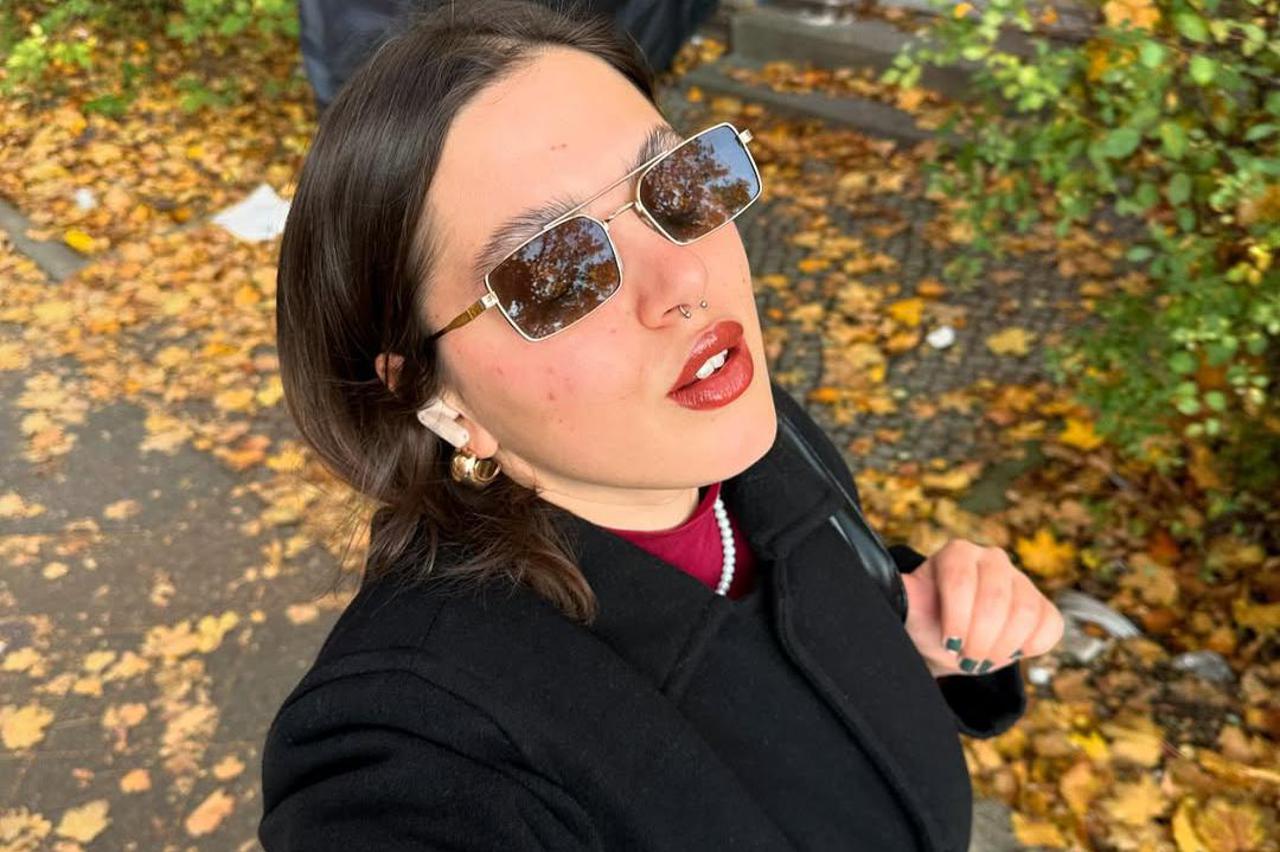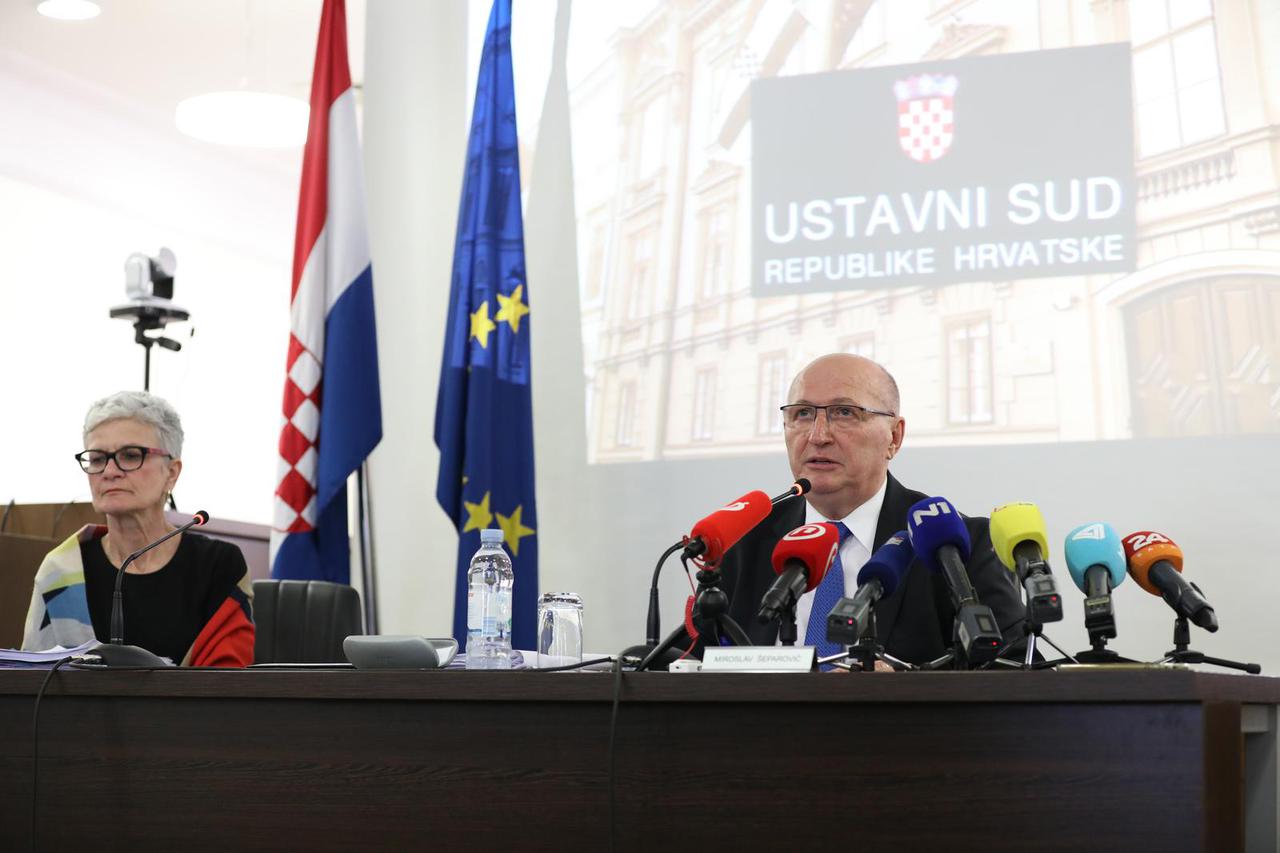Actor Filip Šovagović openly discussed his financial struggles during the 1990s, when taking loans and unnecessary expenses brought him to the brink of bankruptcy. He shared how he had to sell his car, move in with his mother, and give up going out to get out of debt. He emphasized that at the time he had unrealistic expectations about his income and tried to cover old debts with new loans, which worsened his situation. He also highlighted how additional costs, such as parking fines, further burdened him. After realizing the seriousness of his situation, he stopped taking new loans and started working on various projects to pay off his debts. This experience taught him to now spend money carefully and not waste it.
Political Perspectives:
Left: Left-leaning outlets tend to emphasize the systemic issues that contribute to financial struggles, such as economic instability in the 1990s, lack of social safety nets, and the pressures on artists to take on multiple roles to survive. They highlight Šovagović’s story as an example of how precarious the financial situation can be for cultural workers and criticize the lack of institutional support.
Center: Center-leaning sources focus on the personal responsibility aspect of Šovagović’s financial difficulties, acknowledging the challenges of the 1990s but emphasizing his learning process and eventual financial discipline. They present the story as a cautionary tale about managing personal finances and the importance of adapting to changing circumstances.
Right: Right-leaning media highlight individual accountability and criticize poor financial decisions, such as taking multiple loans and unnecessary expenses. They may also stress the importance of self-reliance and hard work, praising Šovagović for eventually overcoming his difficulties through diverse work and financial prudence.
















































